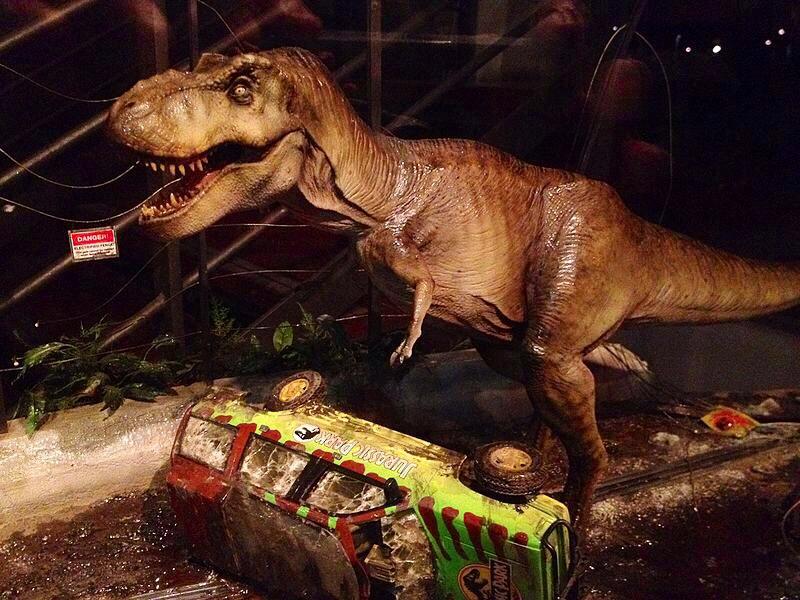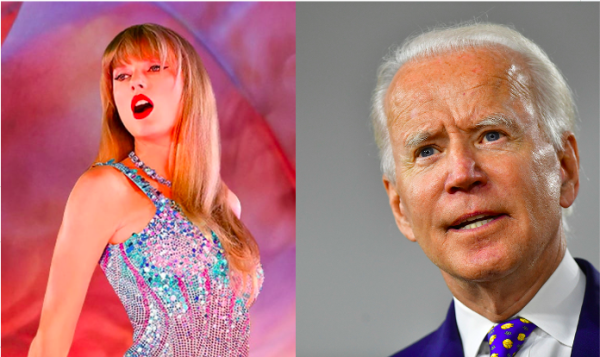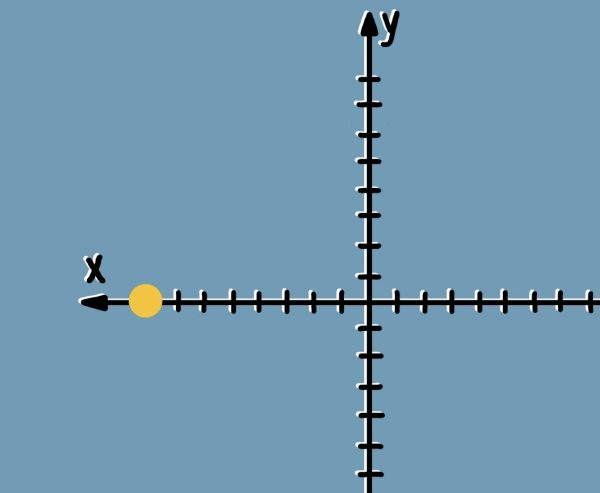De-Extinction: An Issue of Morality
Wasn’t there a movie about this? Yes, there was, it didn’t end well. The 1993 movie Jurassic Park introduced the idea of reintroducing extinct species into the modern world. While Jurassic Park is a fictitious story of resurrecting sixty-five million year old dinosaurs, the idea of bringing back extinct species, including dinosaurs, is not actually so far fetched. The main focus of modern de-extinction projects, however, is to bring back recently extinct species. Comparatively, reviving dinosaur species falls relatively low on the scale of relevance and importance.
The World Wildlife Fund has a running chart of species called “The Living Planet Report”; the 2014 report showed that approximately fifty-two percent of our planet’s species have gone extinct in the last forty years. The main causes of extinction are poaching, overhunting, habitat loss, and climate change. An estimated one in six species will go extinct due to climate change over the next century. This process of de-extinction, while mainly about bringing back dead animals, can also be used to preserve critically endangered species as well. “We can use some of these techniques to actually help endangered species improve their long-term viability,” said ecologist Stanley Temple of the University of Wisconsin-Madison. “Where it gets controversial is when we start talking about species that have been extinct for a very long period of time.”
The process of de-extinction, controversial as it is, may soon become a necessity if we wish to preserve the world’s most exotic and beautiful animals for future generations. The process is more like cloning the extinct animal than resurrecting the actual animal. This cloning process works by taking specific genes from preserved DNA of the desired organism and splicing them together with genes from a similar, non-extinct organism. The newly created cells from the combined DNA of the extinct animal and the related animal could then be used to create new eggs and/or sperm to impregnate or fertilize another creature or its eggs, resulting in a genuine recreation of a species.
There have been several attempts at this process with varying degrees of success. The experiment that really got the de-extinction project going was the cloning of a goat. In 2003, biologists brought back a Pyrenean ibex by making a clone of frozen tissues harvested from the last of these goats. The clone died within minutes of its birth due to a lung deformity, but the experiment proved de-extinction was possible.
The main arguments against de-extinction are its potential harm to current conservation efforts and the fear that bringing back something we can’t control will end up killing a lot of people. The conservation piece of the argument is that if animals can just be resurrected in a lab with relative ease, then governments across the world will pass more laws and bills that lead to further habitat destruction. “I don’t think it has any merit at all,” said conservation ecologist Stuart Pimm of Duke University. “It totally ignores the very practical realities of what conservation is about.”
In addition to the worry that Congress would support the destruction of natural habitats, people are concerned that scientists might bring back animals that we can’t control. The return of the saber-toothed tiger frightens most, yet is fairly high on the list of animals to be brought back. Dinosaurs aren’t actually that much of a problem in the eyes of scientists, mainly because the DNA is so old that it can no longer be salvaged to a point of recreating a dinosaur.
De-extinction, however controversial, is proof that we can preserve animal life and bring back animals that have succumbed to human alteration of the planet. The process of de-extinction may not be refined enough to accurately recreate animals, but it’s getting to the point where it can be relied on to fix the problems that we humans have created.
Sources:
https://sites.utexas.edu/wildlife/2015/05/13/to-be-or-not-to-be-the-de-extinction-debate/
http://www.chicagotribune.com/news/opinion/editorials/ct-deextinction-mammoth-extinct-animals-species-edit-0711-md-20160709-story.html
http://dinosaurs.about.com/od/dinosaurcontroversies/a/De-Extinction.htm

Hi my name is Kevin Lentz, I am in 10th Grade and am 15 years old. I am a writer for the newspaper and like to write about STEM topics. My favorite font...










